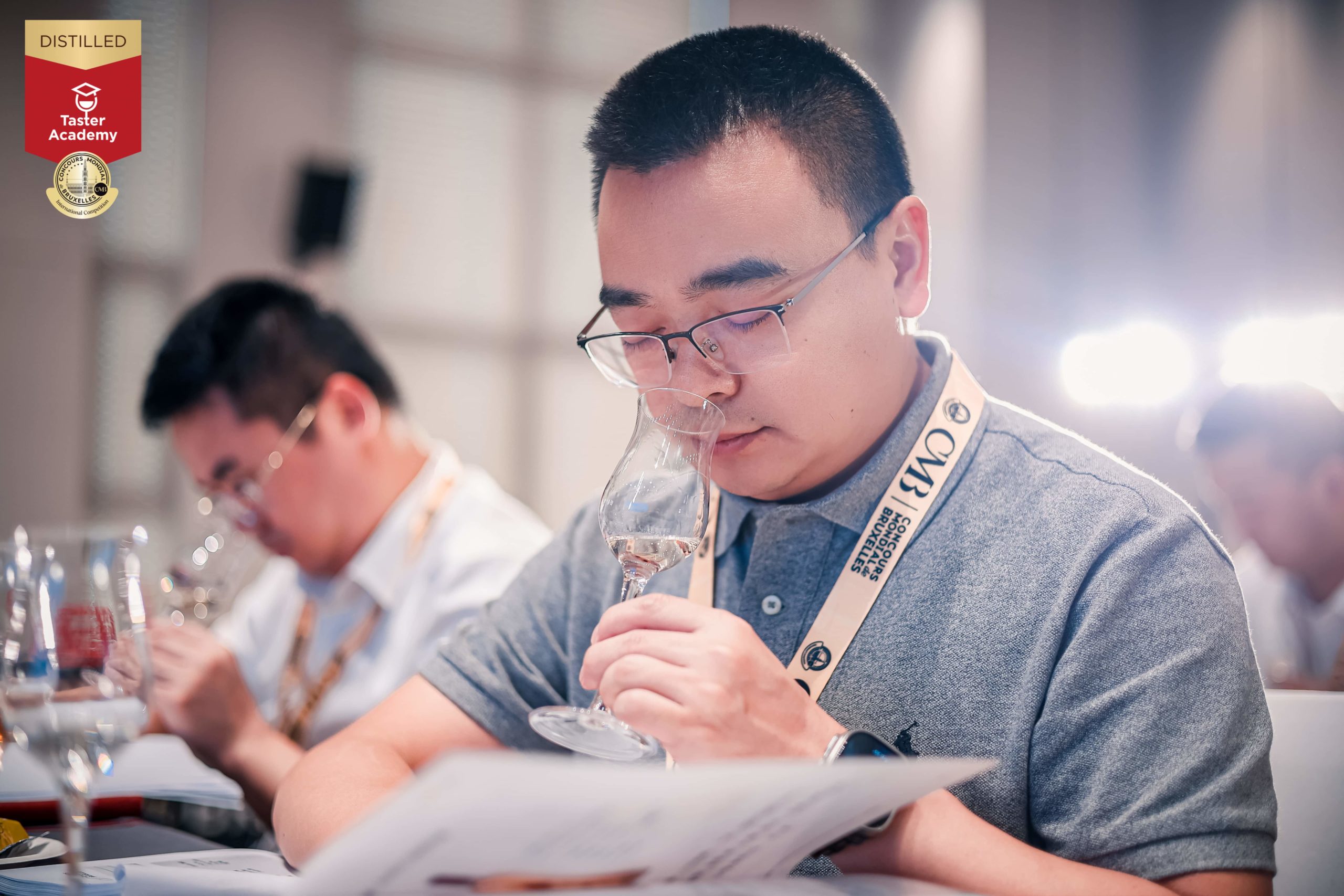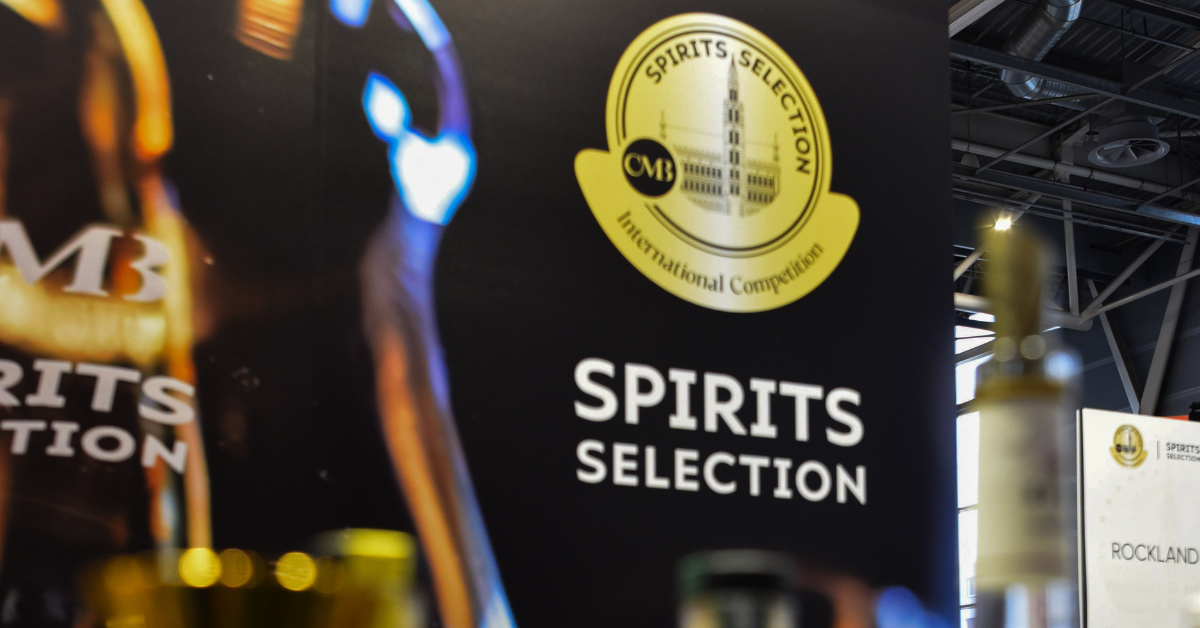Gin, the bubble that never bursts
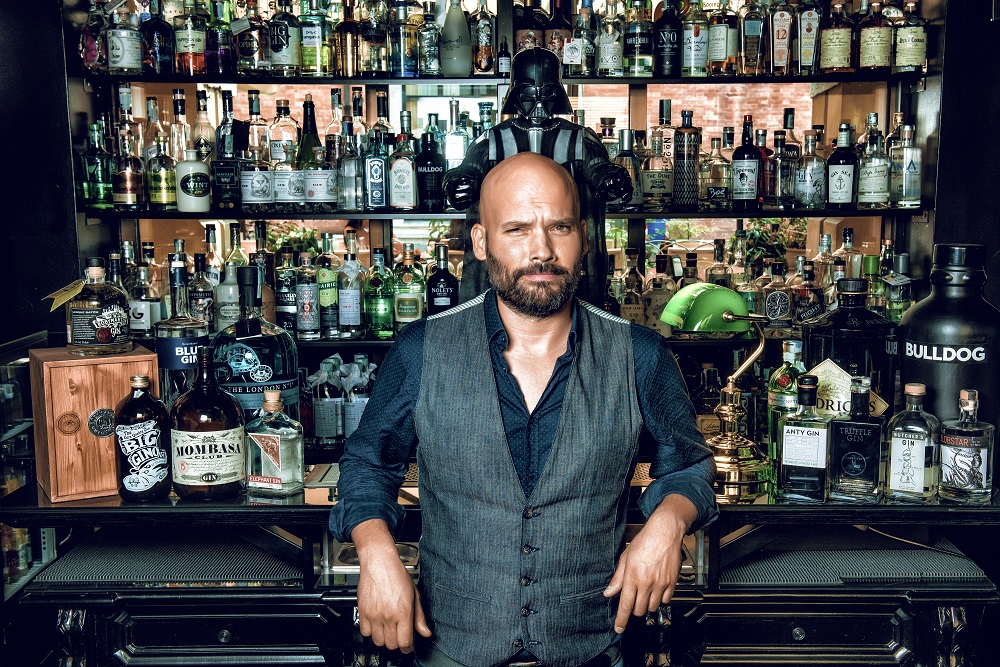
Samuele Ambrosi, one of the leading Italian gin experts, takes a closer look at the gin phenomenon. He analyses an increasingly competitive marketplace, expresses the hope of seeing an Italian style emerge, and shares his belief that gin’s true strength lies in its incredible versatility.
By Maurizio Maestrelli
Multi-award-winning barman, recipient of the Eagle Award at the world championships in Singapore in 2005, vice-chairman of the Italian Barmen and Supporters Association (Aibes), an instructor for the Campari Academy and an entrepreneur in Treviso with his Cloakroom Cocktail Lab, one of Italy’s most renowned cocktail bars ever, Samuele Ambrosi has always been fascinated by the juniper-based spirit, becoming one of Italy’s leading experts. His book on gin – Anthologin – has been republished three times and translated into English. In this interview with him, we try and get a better understanding of the ‘gin phenomenon’ – the unprecedented success of the spirit, including across Italy.
When did your passion for gin emerge and what did you find so fascinating about the spirit that compelled you to devote years of research and even a book to it?
“I have always been a very keen enthusiast about everything in my space, particularly spirits. I have studied, visited and analysed everything to do with whisky and Cognac because this was the drinks category that accompanied my first years of research in this field, at a time when gin was a mere ingredient of the under-rated gin & tonic and an iconic Martini cocktail. Personally, I took the opposite view and was truly convinced that gin would leave its mark, that it could have its say because it was a drink unto itself and was, and still is, very versatile in mixtures. Another significant aspect is that it has the ability to carry the signature style of its producer, thus becoming an unrivalled vector for conveying regional culture. I was surprised to see how it progressed year-on-year and to see how customers themselves would ask for increasingly elaborate products, which they wanted to have served with specific tonic waters. So my curiosity was increasingly piqued and when I only found incomplete literature to read, I decided to build up my own guide, step by step, with the support and help of two people who were instrumental in allowing this project to materialise – my partner Serena, and you.
How do you explain the resurgence of gin and its success, which seems to be global and on the rise for many years? What are the foundations for this?
“You can sum this up in two points. The first is that its versatility is its true strength. This is a spirit that has the ability to appeal to virtually everyone, which is much more challenging with a whisky or a Cognac. And this inevitably leads us to the second point – everyone thinks that the success of a product is defined by the popularity of a drink that celebrates it. This is perhaps partly true for say the Moscow Mule, the Mojito or the Paloma, but it should also have been true for Pimm’s – a drink that has now fallen into oblivion – or for the Last Word, a world renowned, gin-based drink whose success is not mirrored in its sales volumes. So which is the most popular gin-based drink? Obviously, the wonderful gin & tonic you’ll say, and rightly so.
That is gin’s strength – its ability to be part of a crowd-pleasing drink, and also, to be an intuitive drink, simple but not ordinary, one that anyone can make. That’s why gin will also have a strength that other spirits don’t have”.
How many gins are produced in Italy right now? What is the point of producing a new gin when the market is so competitive?
“Just over a decade or so ago, nobody could have imagined such a growth curve. At the time, it was easy to remember the labels produced in Italy because there were only a few dozen of them. Now, there are several hundred and, considering their current prosperity, I wouldn’t be surprised if we didn’t soon reach the thousand mark. This also underscores the ‘ease’ with which it can be produced which, unfortunately, undermines uniqueness that, in my opinion, is one of the fundamental keys to a successful product. Although Italy is home to a significant number of labels, we struggle to position them commercially, which is a critical aspect for a brand’s success, and consequently to secure depletions. This is not a minor detail – you can have the best drink, the best idea and the best packaging, but if you cannot capture the attention of the trade, your product will never leave the bar. I think that producing a ‘new’ brand is very difficult nowadays, not so much from an operational perspective, but in terms of leeway. The market is literally over-crowded so, either you have a great idea, or retail already has a lot of good and great things. What the big brands have going for them is price. By working with larger quantities than the many other companies around, the big brands can leverage cost reductions and marketing clout which, for certain types of products, places them beyond reach. Just one small comment – never forget that behind any large corporations there are people and that self-promotion can blind you. Never underestimate the professional and the consumer…”
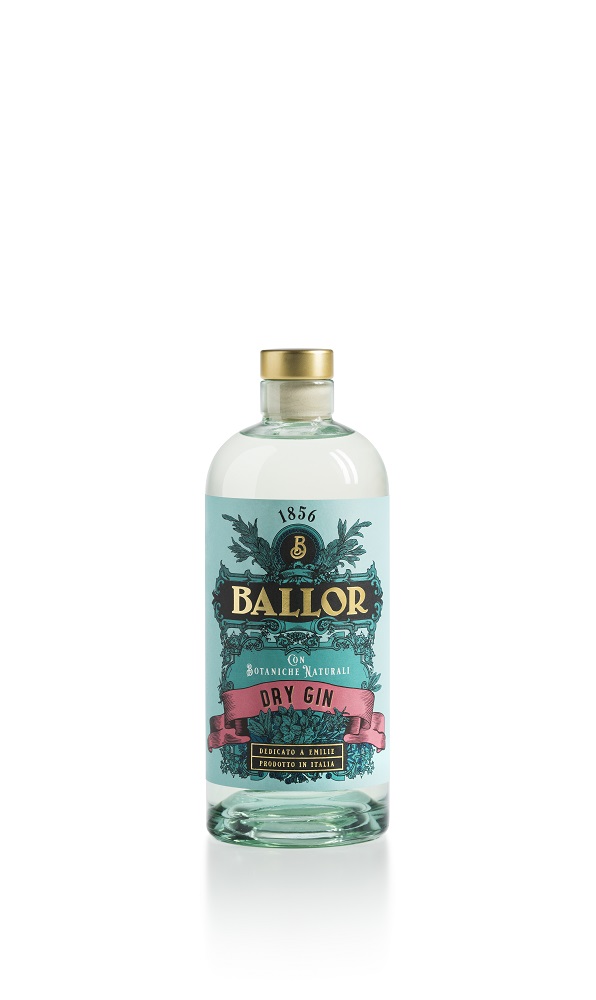 |
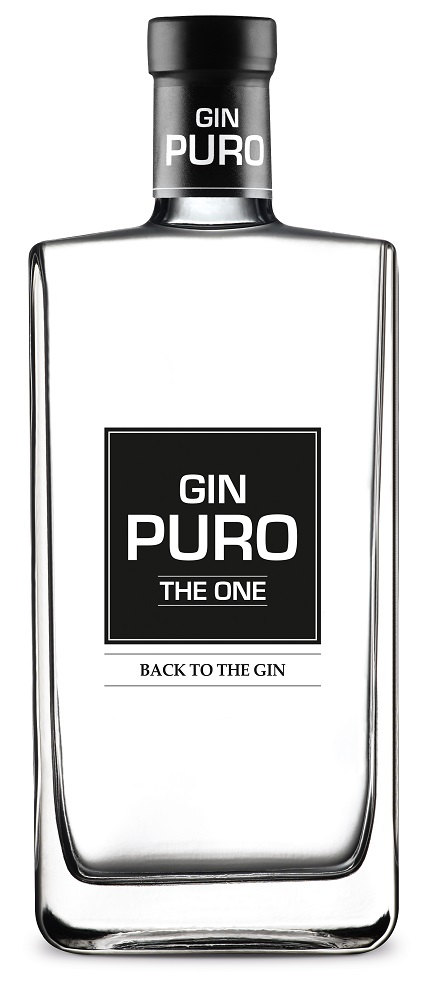 |
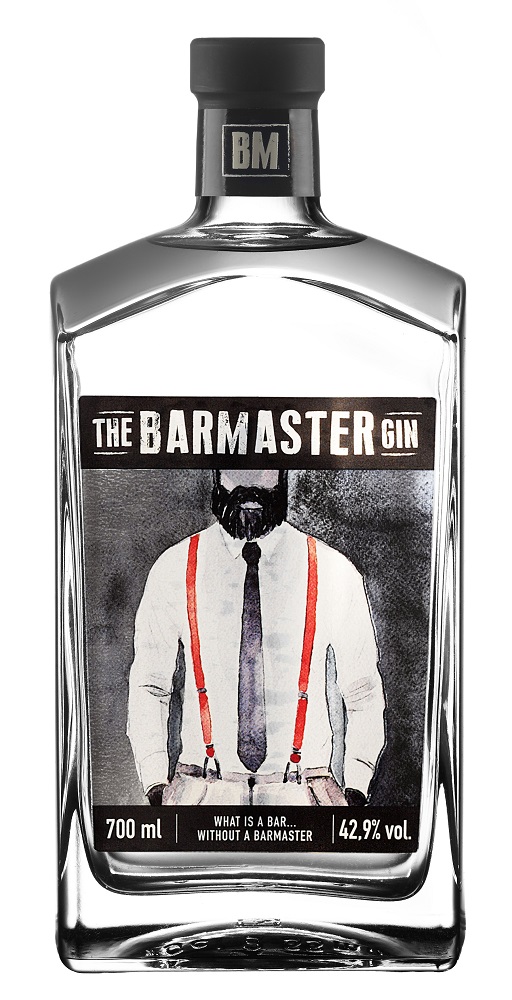 |
Distilleries in the Veneto region of Italy produce excellent gins. Banaventura Maschio produces the Gin Puro and Gin Barmaster, Bonollo has launched recently Ballor.
Is there a common denominator, a common thread between Italian gins?
“Yes, it’s about our country. That is our common denominator. We are fortunate in that we belong to a Mediterranean eco-system defined by its unrivalled biodiversity. This gives us the chance to display our signature as added value where the only limit is our imagination. Overseas, ‘made in Italy’ already adds value in a significant way. Now we need to secure approval for a production/contents system that can become a template, an Italian style. A kind of production technique/style akin to the London Dry Gin style”.
How many gins do you have in your bar and what are the most popular varieties? How much do the bottle’s packaging and label influence consumer choice in your opinion?
“In our gin bar, we have around 400 labels, which is way too much for a normal depletion rate. But for me, this is also a part of my research, both in terms of quality and the ability to address my audience, my consumers. You can have the best gin in the world but if your customer doesn’t enjoy it, it will stay on the shelf. Nowadays, consumers tend to drink rounded drinks, so rounded gins or gins with fruity aromas are the most popular. Obviously, the marketing and packaging also play their part. What is underestimated, for pure convenience, is the potency of the professional. Our professional persona enjoys a fundamental detail you cannot buy and that is credibility with regard to our patrons. How many times have I heard the famous sentence, “I’ll let you choose”. That ‘power’ is crucial for positioning a product well. How many barmen do you know? And if every one of them only sold a single bottle of your gin a week, how many bottles would you have produced by the end of the year?”
Is there a standard gin drinker?
“Of course there is, but the definition of them – to use a winemaking term – is ampelographic in nature, i.e. it changes a lot depending on which region you are in. Spanish consumers are different to consumers in the English-speaking world who themselves are different to Italian consumers, and within Italy itself there are many differences between the North and the South. So, there is no generic taste profile, but rather a profile that changes with differing variations in palates. Gins now tend to have more rounded, mouth-coating styles, unlike the big Dry Gins of the 1980s and 1990s. Importantly, though, this applies to the world of gin & tonic, whereas for mixology, precision and balance are founded in drier styles. One last thing – the standard consumer does not have a defined age bracket, they can range from the 20 somethings looking for a rounded drink, to adults drinking good gin-based mixtures and experienced consumers who will never say no to a good Martini cocktail”.
How do you see the future of gin over the next five to ten years? Some people say it’s a bubble waiting to burst sooner or later…
“The more people say it will burst, the more it is likely to do so, especially considering the impressive figures, the likes of which have never before been seen. This inevitably leads to production of myriad hotchpotch mixtures on the grounds that everything has already been used, revisited and repositioned. Consequently, in my opinion, the bubble won’t burst because of a drop in consumption but because of a stagnation due to too many propositions which will lead to a ‘back to the future’ effect, or rather a return to the fundamentals of gin and maybe even, finally, an Italian style gin!”

